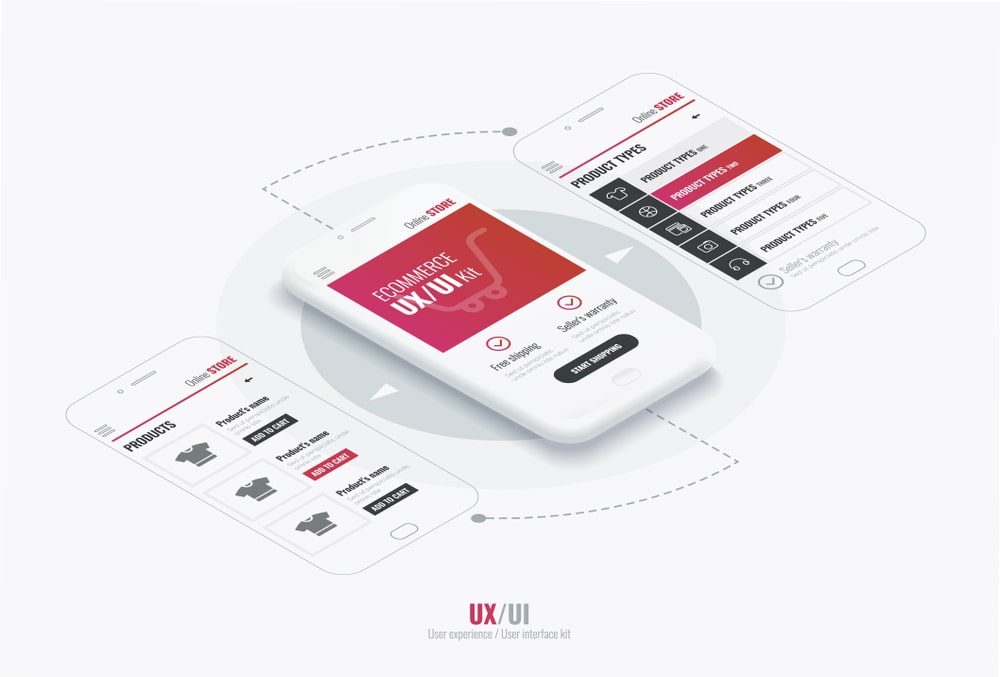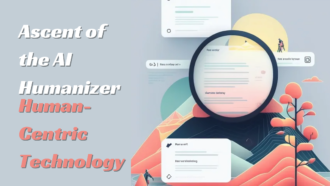Top Mobile App Testing Procedures To Follow
The mobile app development market is on the boom across the entire globe. Apps are the key means for customers to run their business and make wise business decisions. One general component in app development is to guarantee that your mobile app covers client prospects and business targets via an app testing strategy.
This testing is very important before the deployment of apps as it ensures delivery on an error-free and reliable app. This post describes the top mobile app testing procedures to follow to ensure 100% client satisfaction.
Top 10 Mobile App Testing Procedures To Follow
Mobile Device Choice
The procedure before mobile app testing is to select the ways of app testing. The choice of this key testing scheme can be a tricky judgment to formulate as it corresponds contiguously to the target market and reach for your mobile app. There are two options available with device selections which are selecting among substantial devices and emulators.
The important factors to be considered here are:
- App testing on all major OS versions.
- Usage of a combination of diverse screen sets to test by resolution and size.
- Test of form factors to ensure that the app is well-suited both with smartphones and tablets
Performance Testing
The app should be tested for scalability and performance issues. The performance of your app should not diminish with the increase in mailbox size, the number of messages stored, etc. If the app developed by your company has a server-side component, you have to test the app with an escalating number of users. This testing can be done manually as well with the help of automated tools like Neo Load and Little Eye.
Security Testing
Mobile app users are often worried to safeguard their data and credentials due to unwanted exposure through susceptible applications that can happen anytime.
Thus you need to check the following:
- Usage of secure network protocols if the app stores sensitive data like credit card details and payment information of customers.
- App asks for more permissions than it requires or not?
- Does your app use certificates and a Device ID as an adjunct?
- Does your app require user authentication before allowing data access?
The apps must encrypt usernames and passwords while validating the user over a network.
App Testing On Cloud
Cloud-based testing is usually preferred for testing mobile apps. The cloud testing environment helps to restrain the project development cost while mounting ROI along with dispensing on-demand access to the variety of mobile devices.
Cloud-based application testing delivers several benefits like:
- Vastly synchronized and pre-configured architectures.
- A decrease in faults related to unbalanced test configurations.
- Reduces app testing time.
Network Connectivity
Almost every mobile app is dependent on network connectivity to function properly so app testing in real network environments is compulsory to catch the authentic picture of the app’s behavior. Various network simulation tools are available to test mobile apps aligned with network speeds, bandwidth restrictions, etc.
A successful mobile app is one that provides steady performance across varied network environments. You can hire a team of reliable mobile app developers in India at quite economical rates for developing such apps.
OS testing and support
Most of the mobile devices in the global market use Android and iOS operating systems (OS). It is necessary to determine the OS support for your app and the compatible OS versions. It’s simple to test an app on one OS but testing on multiple versions is a complex task.
Hence you need to study and analyze your target market and cautiously plan which versions will be supported for an app. This also provides ease to quality analysts for planning test cases and the app performance on supported OS and versions.
Battery testing
Battery consumption is a major issue for users. If an app consumes the mobile battery rapidly, users are likely to uninstall it. There are several apps consuming battery to a large extent due to sharing and saving bulk data, usage of geo-location, streaming videos, etc.
Quality analysts (QA) have to test many battery features to find the app components consuming more battery. This a prime issue for QA’s and businesses that is should be planned consequently.
Automated testing
Automated testing is a major trend that will continue in the future as it helps in scripting the test cases and reused several times during many iterations. This type of testing is quite popular because it is performed very fast in comparison to manual testing. It is best suitable for exhausting recurring test cases that QA’s perform one after another.
This testing initially appears to be costly but it saves both the time and energy of testers. The integration of automated testing into an app results in inaccurate output and minimizes the app delivery time. However, such integration is applicable for specific cases and manual testing is still required. The automated testing technique does not cover all things but provides ease to testers wherever applicable.
Advanced rollout tactics
Your choice to roll out an app in phases according to the type of app can make a big disparity. Likely, you won’t be able to track all bugs or issues in the app. To increase the reach of your app, you have to adopt diverse rollout tactics including beta testing and rolling out to choose regions first.
In case something is missed by the testing team, it can be noticed and reported by some app users that you can fix. It eliminates any possibility of an error-prone app being delivered to your whole target audience.
Regression Testing
Regression testing is used to trace that any feature revisions or configuration alterations are accompanied by new bugs or not. It applies both for functional and non-functional parts of an app system and ensures that any modifications to an app lead to no bugs,
For instance, several SaaS providers often update the software features and use regression testing to guarantee that the app flawless working remains uninterrupted.

















